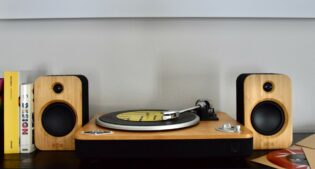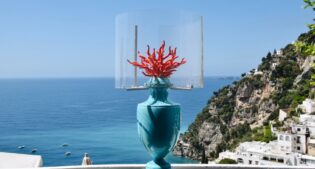How to design a product for a company? What are the steps to start a design project? Are there phases to follow when designing a product for a client? Starting from these simple questions, which all designers have asked themselves at least once in their life, I want to tell you how to design a product and illustrate my creative process. This is not an ultimate method, it is simply my approach to product design. No secret tricks or magic recipes, it’s just the value of my experience.
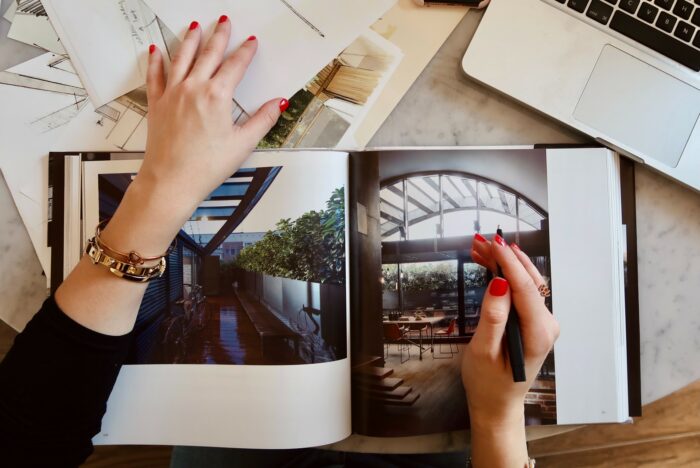
The stages of the genesis of a product
To illustrate the phases of a project, I want to tell about my first experience with Italamp, an Italian lighting design company. It’s a case in point because it all started with a conversation on Instagram. So it can be considered a real and contemporary approach to a company, having thus expressed the mutual interest in working together.
When designing a product, you need to collect a series of inspirations to support the creation of ideas. I am not referring to the projects of other designers, even if it is ok to do so, but to a series of elements (figures, materials, shapes, colors) that can trigger the flowering of concepts to be concretized in sketches and drawings.
What I like to do is transfer the spirit of our time into a product. There will always be a need for new products just as there is always a need for a new book, a new song, a new sculpture or a new painting. Designing means dealing with emotions, which are a bit like the proteins of our existence.
The creative process therefore begins with research, inspiration and initial development of the mood that the product will have to show off in its final instances. The use of moodboards can encourage the creation and orderly development of ideas. It’s not a rule, just to make the things clear, but according to my experience the moodboards allow our interlocutors – the clients of the company, in this case – to approach our creative soul, understanding the concept, the cognitive atmosphere that the product wants to mature and a first form of conceptualization of the project. Think of the lamps by guessing the shadows and the plays of light that a lighting object can generate.
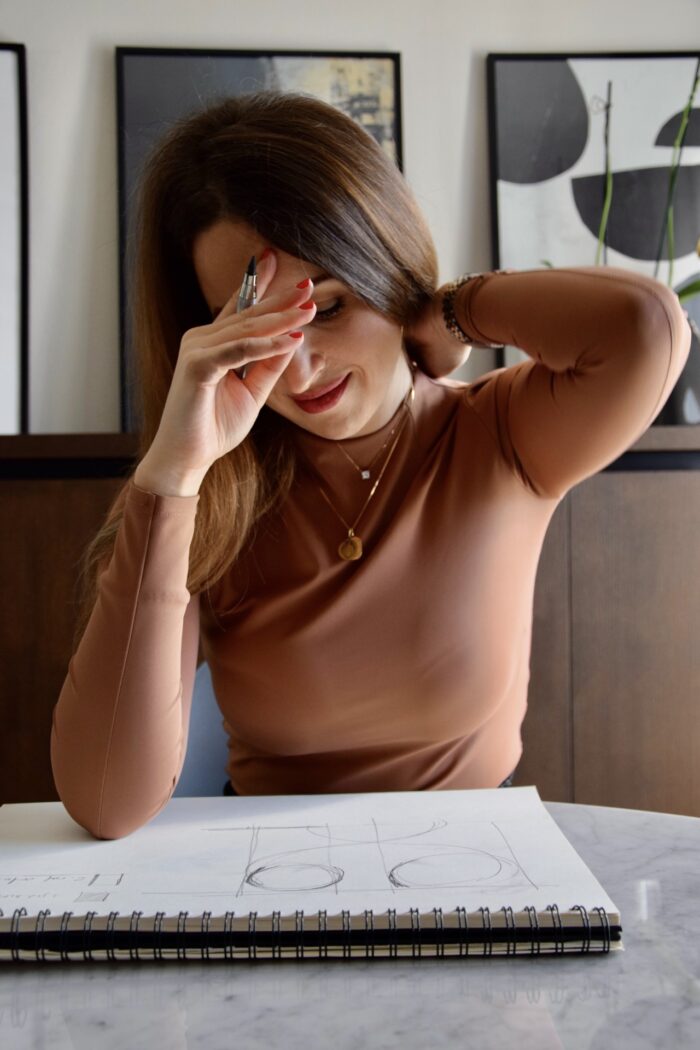
Concept development and choice of the name
The creation of the product at this point is focusing on the concept, with the aim of making it concrete and increasingly tangible in its shapes, materials and colors. During the phase of the development, the designer starts to deal with more technical aspects, such as innovative processes, new production technologies, alternative and / or sophisticated materials, design solutions that can make the value proposition of a product. These crucial design dynamics are accentuated by an important moment in the genesis of a product. I am referring to the choice of the name of a design object. I always suggest not to wait for the prototyping to finish to “call” a product. Part of design is also to give objects a name, to fill them with meaning and life. That’s why, in my opinion, at least a bouquet of naming choices must be put on paper right from the concept development stage. When choosing the name of a product, a huge number of factors must be taken into consideration, including: who’s the target of the product (market, personas, positioning, final users), the company and its history, the existence of the same word or excessive similarity with another.
The creative process turns to the product: prototyping
At this point eyes, mind and heart are addressed to the product. The design phase gives way to the executive phase, the drawings become material and it’s time to work on the details. Prototyping is a complex dynamic that also sets the company’s workers in motion and involves creativity as much as execution and technical aspects. It’s a perfect balance to please the designer’s creativity, to keep the company’s quality high and to allow production to perform well from a technical point of view. Designing a product is a complex process, which requires obligatory steps, including the development of any engineering parts and the fine-tuning of the production machinery. First pancake never turns out the best, that is, not all succeed on the first try. Indeed, it is always a matter of optimizations, continuous lessons that we must learn as quickly as possible. The design must respect both the technical constraints (dimensions, materials, resistance, durability and safety) and the aesthetic, psychological and cultural aspects of the final users to whom the product is aimed. The prototype will be taken as a model for the creation (in the sense of production) of the product.
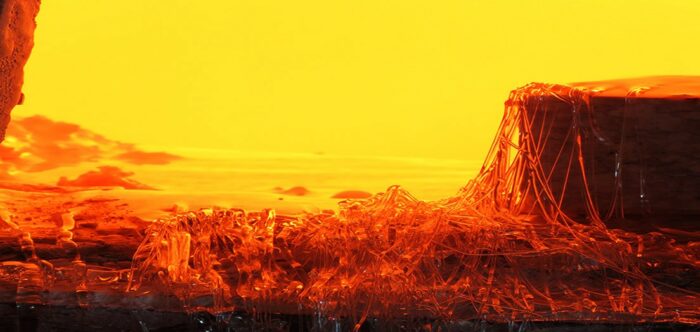
My first time experience with Italamp
All was born in Venice. From a story on Instagram when I was in the city of the Lagoon. A strong bond was born, including a design vision, even before mutual affinity.
How is my product for Italamp being born, then. Let’s start by saying that it will obviously be a lamp and that, in keeping with Italamp’s history and know-how, the use of crystal or perhaps one of the new glass types will certainly be in the production process. You can find spoilers on Facebook and Instagram so that I can show you all the thoughts about the inspirations for the design of the the product.
Like giving a star to an astronaut…
The first concept that springs to mind when thinking of Italamp is certainly elegance, not only by the aesthetics but also by the preciousness of the materials and the fine workmanship. And it will be precisely from elegance that I will be guided, step by step, to give substance to my ideas. During our first meetings, in videocall, Italamp informed me of some project development dynamics, opening their doors to the processing of materials and the skills of their technical team. Then I received the “box of wonders“, that is a series of samples of glass and crystals, different in size, colors, cuts, inlays and luster, and materials for the finishing. It was a bit like giving a star to an astronaut.
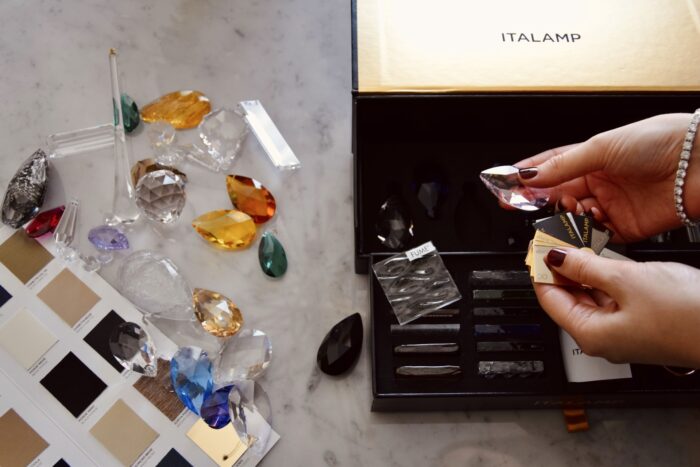
From then on I started working on the mood. Then it will be time to outline the product concept. The prototyping phase is still far away, after all Italamp and I are taking the first steps together, but I really believe that it will be a further opportunity to understand the value of made in Italy and the high engineering profile that a company like Italamp can boast. I kickstarted my creativity with the selection of the best ideas and the development of the project that I believe can fulfill the company’s intention, the expectations that are being created and my design spirit. An ongoing creative process that you can follow on my social networks (Facebook and Instagram) and on Italamp‘s digital channels.

